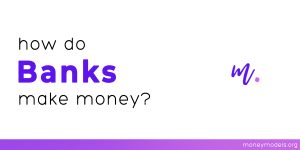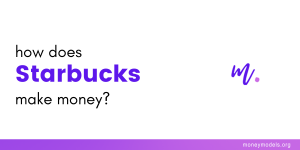As an artist, content creator, or streamer, you may have heard of Patreon – the membership platform that revolutionized online content creation. With over 8 million patrons and more than $3.5 billion in revenue generated to date, Patreon is quickly becoming the go-to platform for content creators.
But how does Patreon make money? In this article, I’ll explain the business model behind Patreon and how it can help content creators to generate a sustainable source of income.
How does Patreon make money?
Patreon makes money by charging a commission on every transaction processed on its platform. The company offers three subscription plans: Lite, Pro, and Premium. On the lite plan, Patreon charges a 5 percent commission, and on the Pro and Premium plans, the fees are 8% and 12% commission, respectively. Patreon also earns revenue through other sources, such as processing fees, platform fees, and referral fees. The company offers a variety of educational tools to maximize fan engagement and sign-ups, which indirectly contributes to its overall revenue.
What is Patreon?
Patreon is a platform that allows creators to receive ongoing funding from their fans or patrons. It’s a way for creators to get paid for their work, and for fans to support the creators they love.
It allows creators to set up recurring payments from their fans, also known as Patrons, who in exchange for their financial support gain access to special privileges like exclusive content or events.
The company offers a variety of educational tools to maximize fan engagement and sign-ups, and provides a range of business models to make money on its platform, such as Fan Relationship + Gated Content, Pay-What-You-Can, Recognition, Behind the Scenes, and Increased Access to the Creator.

Here are a few statistics about Patreon:
- As of 2022, there are over 250,000 active creators on the platform and 8 million Patrons.
- These creators come from a wide range of categories, including art, music, writing, podcasting, and more.
- Patreon creators have earned a total of over $3.5 billion through the platform.
- The average pledge per patron on Patreon is $7 per month.
- The most popular categories on Patreon are Comics, Videos, and Podcasts.
How does Patreon make money?
Patreon is a membership platform that allows creators to receive direct funding from their fans, also known as patrons. The company has raised a total of $412 million to date and as of 2021, it had more than 8 million patrons and more than 250,000+ creators who generated over $3.5 billion in revenue to date. According to Comparably, the average estimated annual salary of Patreon employees is $149,622.
Commissions
Patreon is a platform that allows creators to make money from their work by allowing patrons to support them with monthly subscriptions. To help facilitate this, Patreon takes a commission fee for each subscription plan the creator chooses.
When a creator earns $1,000 per month from their patrons, they will pay either 5%, 8%, or 12% of it as commission fees depending on which plan they choose – Lite ($50), Pro ($80) or Premium ($120).
As such, Patreon makes money by taking a percentage of the income earned by creators on its platform and the higher the commission fee charged, the more money it stands to gain from every transaction. It’s an effective way for both parties involved in these transactions – creators and fans alike – to benefit mutually.
Payment Processing Fees
Patreon also charges processing fees for each transaction made on the platform. These fees are used to cover the costs of processing and processing credit card transactions.
Payment processing rate for Patreon plans:
| US Dollars ($) | Euros (€) | British Pounds (£) |
| $3 or less: 5% + 10 cents | €3 or less: 5% + €0.15 | £3 or less: 5% + £0.15 |
| Over $3: 2.9% + 30 cents | Over €3: 3.4% + €0.35 | Over £3: 3.4% + £0.35 |
Non-US PayPal processing fees are an extra 1%:
- $3 and below: 6% + 10 cents
- Above $3: 3.9% + 30 cents
- This fee is not applicable to creators who have their billing currency set as Euros (€) or British Pounds (£)
Patreon’s Business Strategy – Why Patreon Succeeded
Patreon’s success as a membership platform for creators has been driven by several key factors. This includes the importance of the creator-patron relationship, the flexibility of Patreon’s business models, and the educational resources that Patreon provides to creators.
Key takeaways
- Patreon is a membership platform that allows creators to build a direct, ongoing relationship with their supporters and generate income from their creative work.
- Patreon offers a variety of business models to suit the needs of different creators, including the Fan Relationship + Gated Content model, Pay-What-You-Can model, Recognition model, Behind the Scenes model, and Increased Access to the Creator model.
- Patreon provides educational tools and resources to help creators grow their businesses and engage with their patrons.
- Patreon has been successful in a variety of creative fields, including art, streaming, and software development, but it has not yet been widely adopted by game developers.
- To make the most of the opportunities that Patreon provides, creators should understand their target audience, offer tiers and perks that will appeal to them, and make use of the educational resources that Patreon provides.
Understanding these factors can help creators to make the most of the opportunities that Patreon provides and to achieve success on the platform.
Leveraging the Creator-Patron Relationship
One of Patreon’s key success factors is its focus on the creator-patron relationship.
Patreon’s platform allows creators to build a direct, ongoing relationship with their supporters, which can be a powerful source of motivation and encouragement for the creator.
This relationship also helps to create a sense of community and belonging among the creator’s supporters, which can be a strong incentive for people to become patrons.
Also read: How Does Etsy Make Money? [Business Model Case Study]
Offering Various Business Models
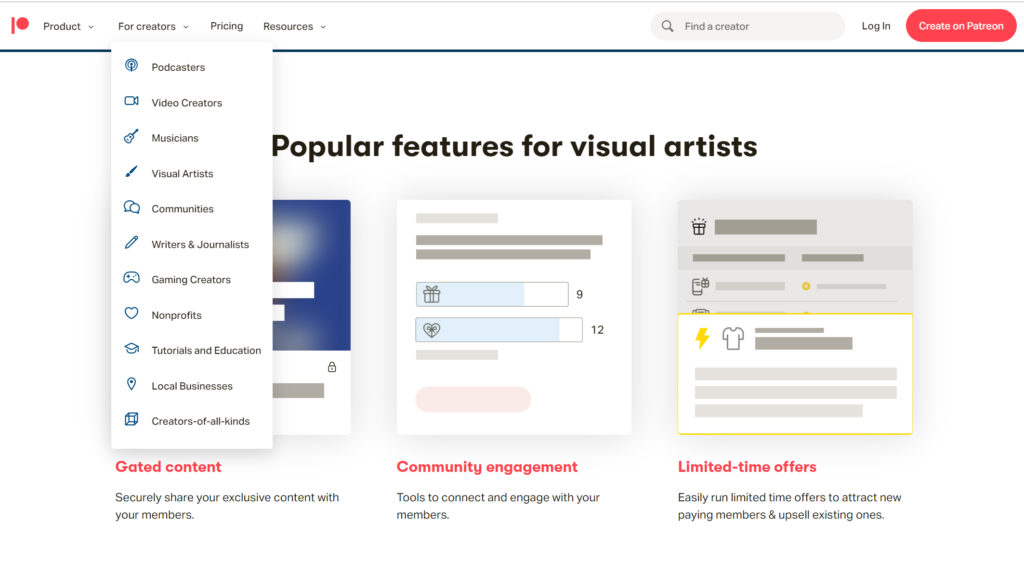
Patreon’s success is also due in part to its flexibility in terms of business models.
Creators can choose from a variety of business models to suit their needs, including the Fan Relationship + Gated Content model, Pay-What-You-Can model, Recognition model, Behind the Scenes model, and Increased Access to the Creator model.
This flexibility allows creators to find a business model that works best for them and their supporters and helps to keep Patreon relevant to a wide range of creators.
Educational Tools
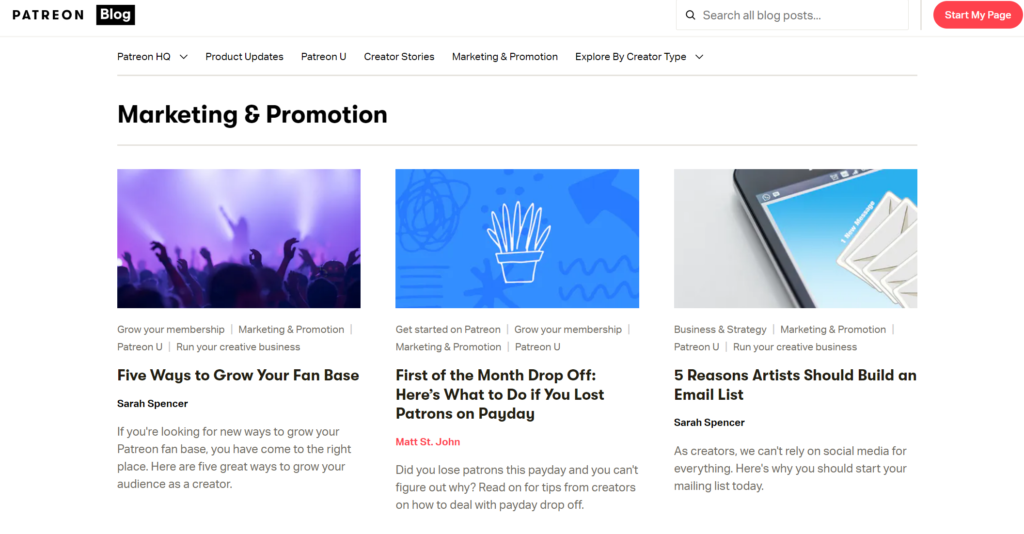
In addition to its business model flexibility, Patreon also offers a variety of educational tools and resources to help creators grow their businesses and engage with their patrons.
These resources include webinars, guides, and case studies that cover topics such as how to create a successful Patreon page, how to build a community of supporters, and how to engage with your patrons.
These tools can be particularly helpful for creators who are new to Patreon or who are looking to optimize their use of the platform.
Examples of Patreon’s Use
Here are two examples of groups or independent creators that used Patreon to get a headstart and become successful in reaching the masses.
Pentatonix

Pentatonix is a popular Cappella group that has successfully used Patreon to build a direct relationship with its fans and generate income from its creative work. Pentatonix uses a combination of the Fan Relationship + Gated Content model and the Pay-What-You-Can model on Patreon.
It offers a range of perks to its patrons, including patron-only tutorial videos, private channels, shout-outs, put names in credits, badges, exclusive merchandise, Photoshop layers and brush packs, bonus materials, and more.
Pentatonix has been able to build a strong community of supporters on Patreon and has been able to use the platform to generate significant income for its creative work.
Project Helius
Project Helius is an indie game developer that has used Patreon to fund the development of their games.
Project Helius uses the Pay-What-You-Can model on Patreon, which allows its supporters to choose how much they want to contribute to the development of the games. In exchange for their support, patrons of Project Helius get access to exclusive content, behind-the-scenes updates, and other perks.
Project Helius has been able to use Patreon to generate significant income for their game development, and the platform has helped them to build a community of dedicated supporters who are invested in the success of their games.
What’s the next business model you’d like to explore?
Patreon has a simple, platform-based business model like many startups we see these days. Other examples that come to mind are the Binance business model and the Humble Bundle business model. If you’re interested in platform-business models, do check these two out.
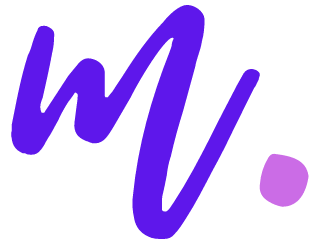

![Read more about the article How Does GetUpside Make Money? [Business Model]](https://moneymodels.org/wp-content/uploads/2021/12/How-does-getupside-make-money-getupside-business-model-300x150.png)
